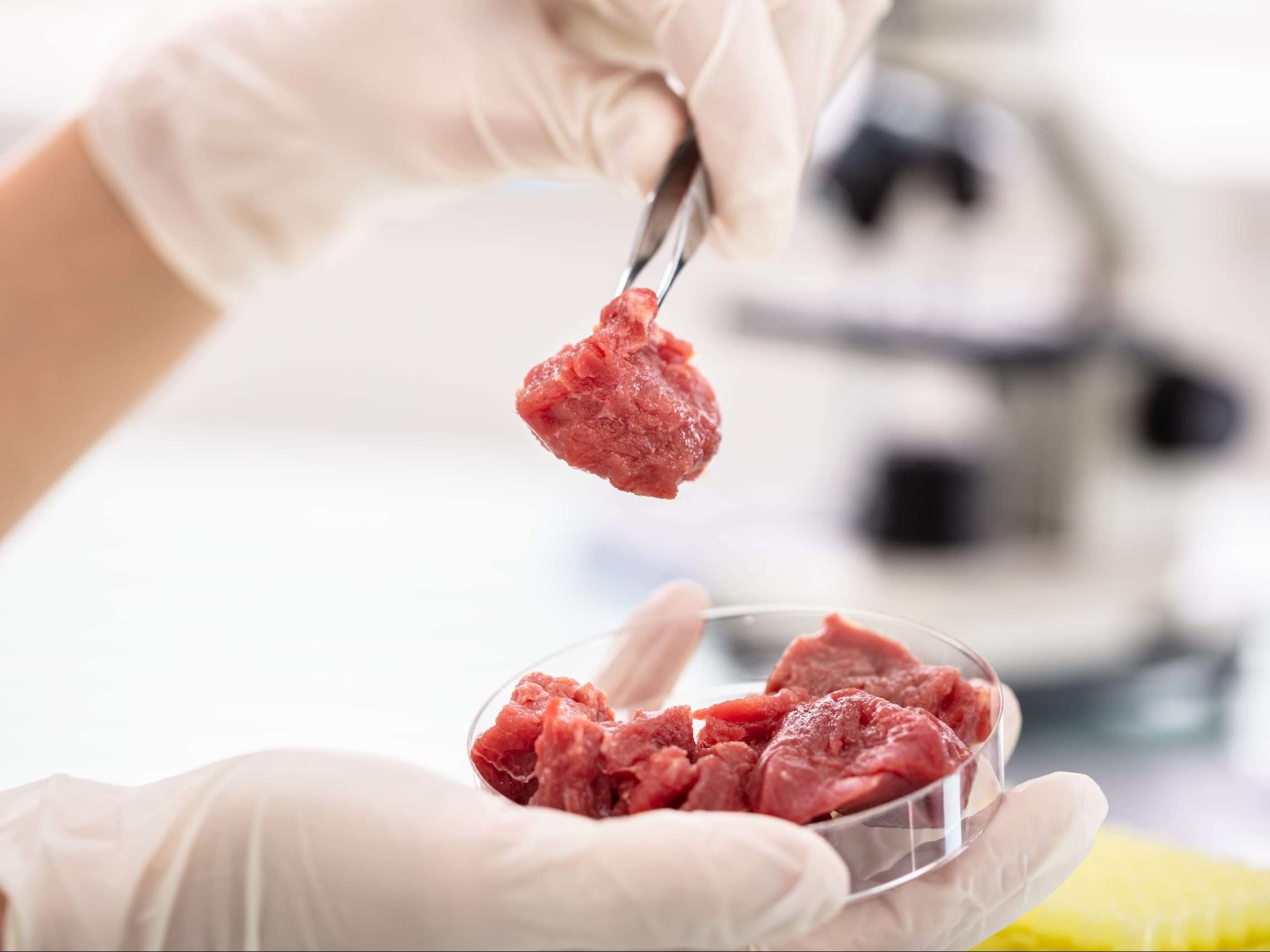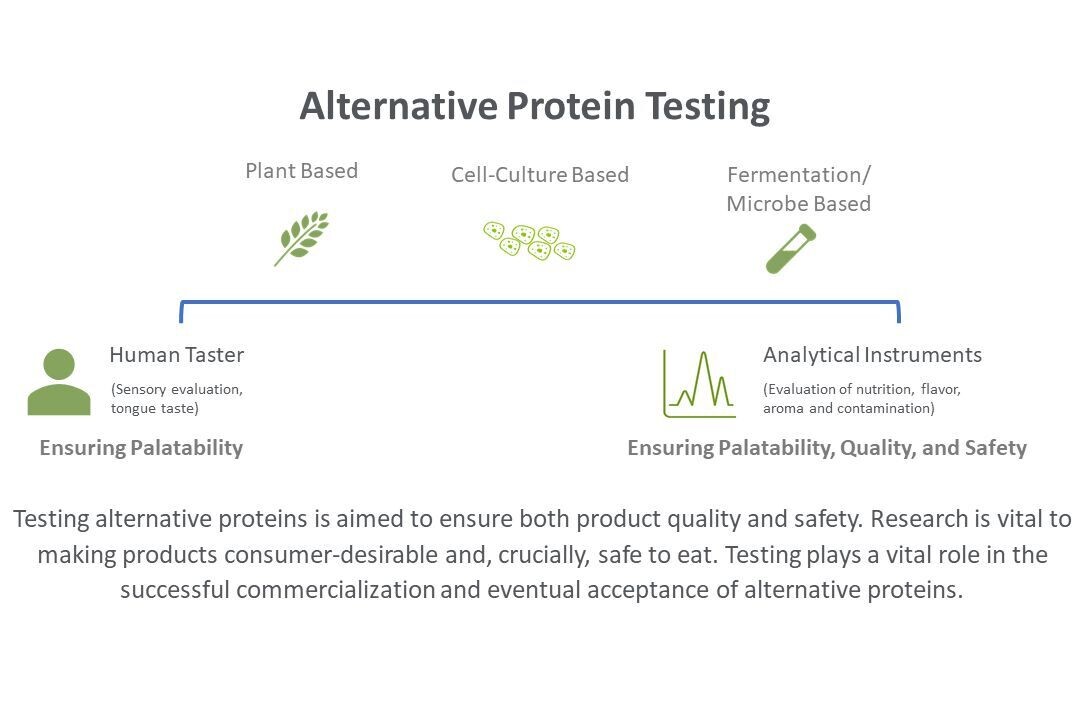21st March 2024 By Contributor | contact@foodticker.co.nz | @foodtickernz
Greater adoption of analytical tools in alternative protein development can have outsized effects on market uptake and contribute to a more sustainable food ecosystem in the years to come.

Alternative proteins have come a long way from the mock meats of yesteryear.
Whether plant-based, cell culture-based, fermentation-based or a combination of forms, today’s alternative proteins are derived from non-animal sources and designed to mimic the taste, texture and nutritional profiles of various traditional animal-based proteins.
The alternative protein market is estimated to surpass $290bn by 2030, with the industry’s growth credited partly to its nutritional, environmental, sustainability and food security benefits.
So what’s the secret ingredient food developers are leveraging to capture consumers’ hearts (and stomachs) in this booming market?
The answer: analytical tools. Such tools can help food developers overcome the biggest hurdles to making alternative proteins more mainstream: taste and texture.
According to the Good Food Institute, 47% of individuals cited these factors as the main reason for not consuming alternative meats more often, and 73% of consumers agree that plant-based meat should mimic the taste of traditional meat.

To achieve this delicate balance, food scientists use sensitive instruments to analyse and optimise the flavour, aroma and nutritional profile of alternative protein products.
This starts with sample preparation to remove unwanted interferences, such as fats from meat and eggs, chlorophyll from vegetables, and pigments from spices and fruits, so researchers can truly compare apples to apples when matching the taste and nutrition of the original protein.
Next, scientists can use tools such as liquid chromatography and mass spectrometry systems to analyze food on a molecular level. Liquid chromatography systems provide detailed characterization of stable components like amino acids, vitamins, and lipids.
Gas chromatography instruments, meanwhile, examine the volatile compounds in foods to engineer desired smells and tastes.
Our senses are also essential in evaluating the palatability of food. The food industry relies on the expertise of human taste testers to assess flavours, but advanced instrumentation, such as liquid chromatography and mass spectrometry, can complement this.
These techniques objectively and precisely identify the five basic tastes – sweet, salty, sour, bitter and umami – in alternative meat.
Advanced instruments can compare compounds in alternative and conventional meats, revealing the ones responsible for taste profiles and their protein abundance.
Manufacturers can leverage these insights to fine-tune product ingredients more efficiently, ensuring a more appealing end product for consumers. While human taste testers remain an essential component of the food industry, analytical tools can give us a precise scorecard for comparing flavours.
In addition to improving the texture and flavour of alternative proteins, analytical tools also ensure food safety by verifying the ingredients and checking for potential contaminants or adulteration.
Food fraud is top of mind for food companies as they increase their global reach and supply chains face disruption from inflation, rising energy costs, geopolitical tensions and the enduring impact of the pandemic.
For example, using mass spectrometry can help food manufacturers detect trace adulterants among thousands of possible contaminants, or compare chemical fingerprints of authentic and real-world samples.
These tools play a crucial role in ensuring the safety of alternative proteins as more people consume them.
The new frontier of alternative protein development lies in making historically complex science more accessible to drive rapid adoption.
Software advancements have simplified the use of these instruments, offering user-friendly interfaces, extensive libraries, guided statistical comparisons, and automated method development tools. This reduces the demand for extensive analytical chemistry expertise and supports the adoption of these advanced systems at scale.
Greater adoption of analytical tools in alternative protein development can have outsized effects on market uptake and contribute to a more sustainable food ecosystem in the years to come.
By making this science more accessible, we pave the way for sustainable food options that offer improved taste, enhanced nutritional value and a side of environmental benefits. What a meal!
Lorna De Leoz is global food segment director at Agilent Technologies.
Republished from the World Economic Forum in accordance with Creative Commons Attribution. The views expressed in this article are those of the author alone and not the World Economic Forum.
22 Apr 2024 Perspectives: Brad Banducci and return on equity
© 2024 Business Media Network Ltd
Website by Webstudio